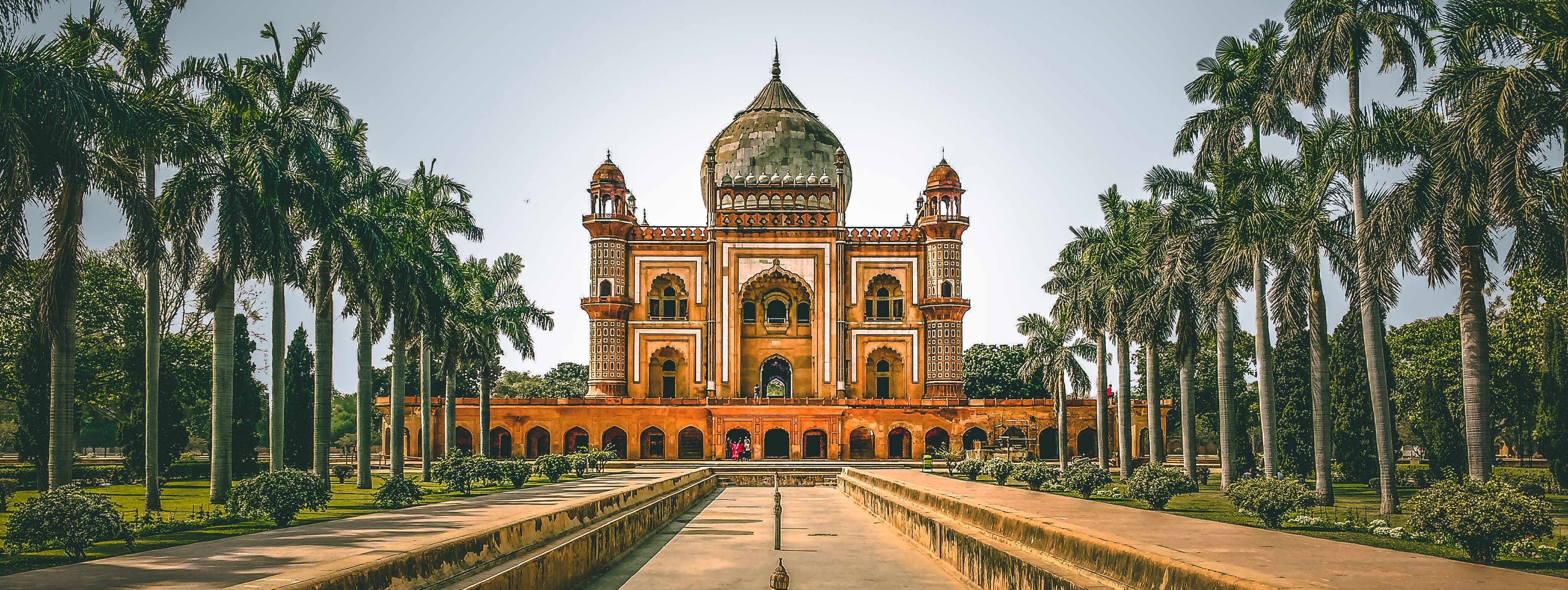


One can go on praising the Taj Mahal, a UNESCO World Heritage Site, with an uninterrupted flow of adjectives – magnificent, outstanding, amazing, and incredible. However, none of those can accurately do justice to its beauty. The only way to do that is to visit this incredible structure made of pure white marble. Everything about it reflects grandeur, from its minarets to its dome...
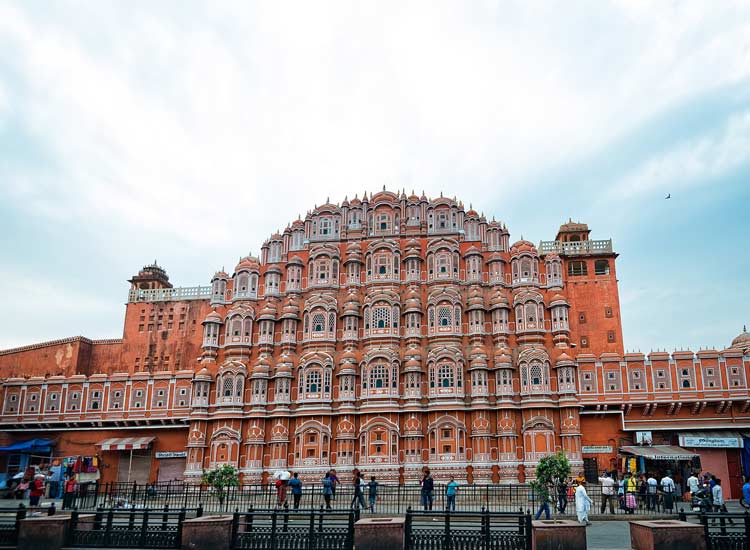
The royal class has always had its own way of doing things, as did Jaipur’s royal ladies. Jaipur is also one of the most popular historical places in India. Belonging to royalty required them to observe the “purdah” system constantly. However, they were also curious about the happenings of the outside world. Maharaja Sawai Pratap Singh had the Hawa Mahal built for them to satisfy this curiosity...
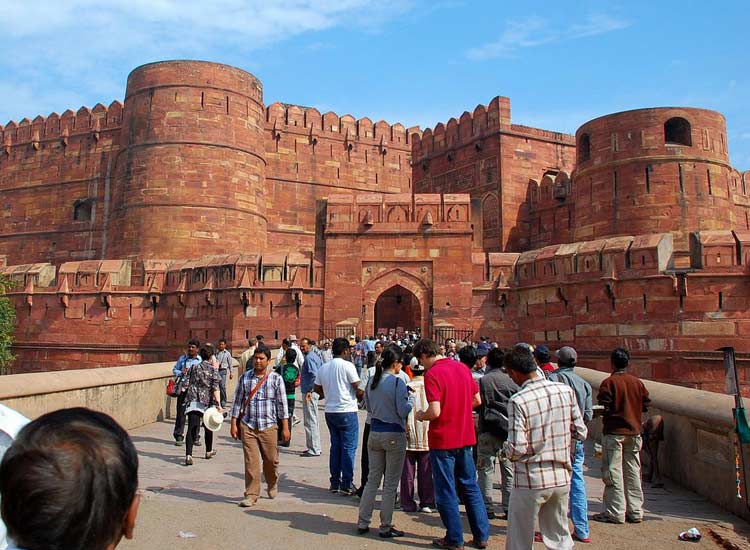
Looking at Agra Fort, one would get the impression that for the Mughals, opulence and grandeur were seemingly alien terms. Located in Agra, a city included in the Golden Triangle Tour Circuit India, it beautifully brings the elements of aesthetics to size. The massive fort was built by Akbar in 1565 AD and stood out for its fabulous design and incredible construction...
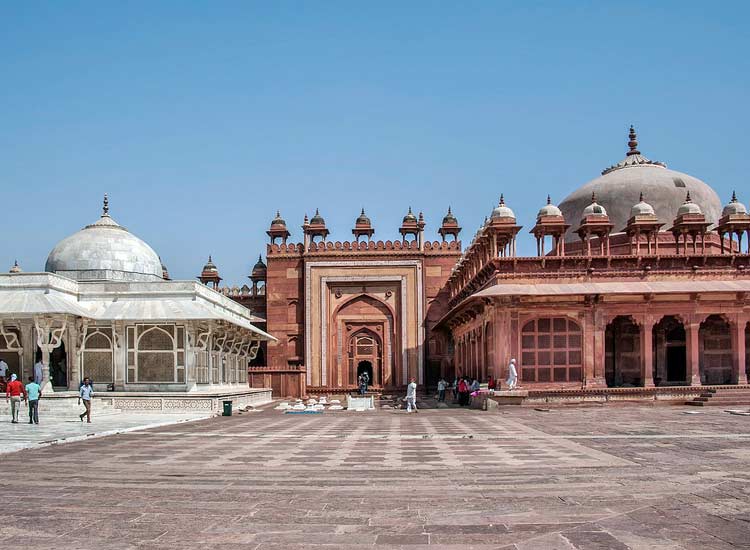
The Mughals can be credited with having built some of the finest monuments in India, and Fatehpur Sikri, a UNESCO World Heritage Site, is yet another example of that. Although, it should be said that it is more of a small city than just a monument. Built during the reign of Akbar, this royal city is home to several buildings like Birbal's Palace, Tomb of Salim Chisti, and Jama Masjid...
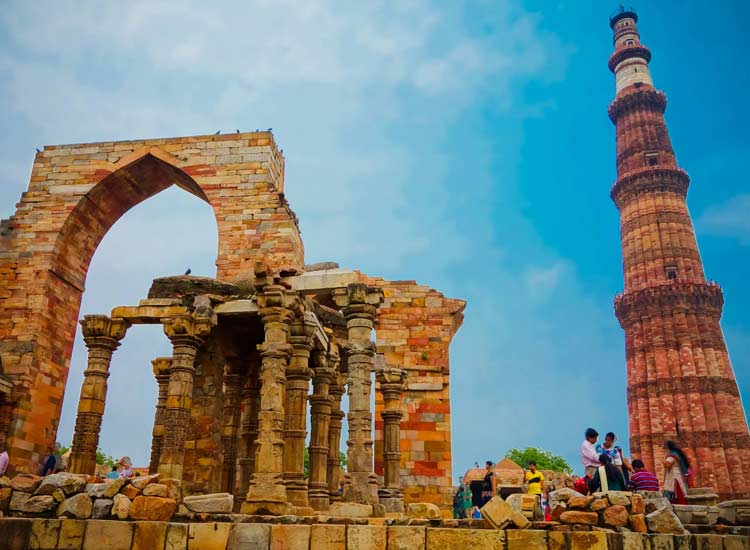
The Qutub Minar, one of the best historical places in India, is another UNESCO World Heritage Site, is an incredible example of Indo-Muslim architecture that touches the skies at an incredible height of 240ft. It is named after Qutub-ud-din Aibak, the first Muslim ruler of North India. The place where Qutub Minar stands is usually regarded as the site of the first Muslim kingdom in northern India...
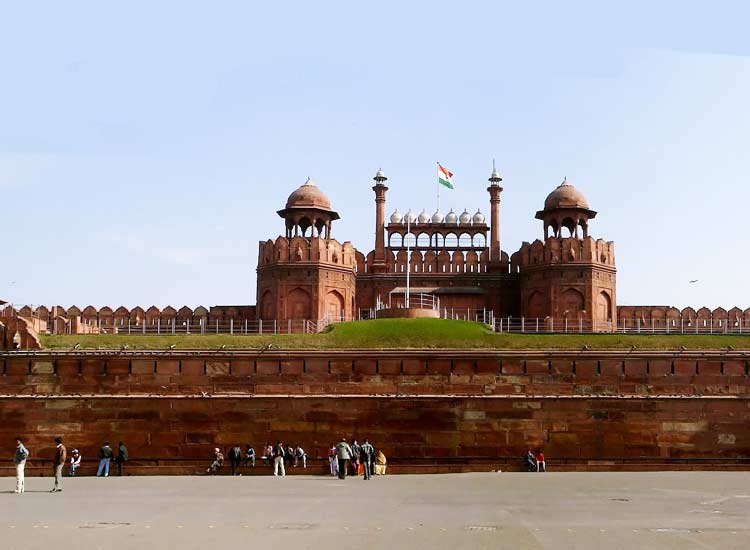
Red Fort, a UNESCO World Heritage Site, is a symbol of the Mughal Empire at its peak. The enormous size, aesthetic proportions, and style represent an unrestrained luxury age. Amidst the unceasing bustle of Old Delhi stands this colossal monument, evoking nothing but admiration from the onlookers...
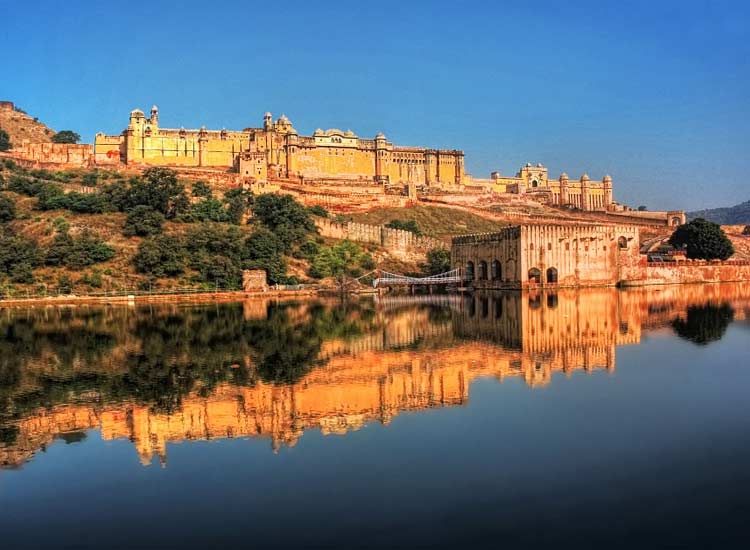
Amer Fort occupies an honorable place among the most popular historical places in India and, undoubtedly, is one of those places you cannot miss during a tour of Rajasthan. It’s built with red and white sandstone and is an example of ancient Indian architecture. The fort is home to numerous buildings like the Diwan-i-Khas, Diwan-i-Aam, and Sheesh Mahal. The carvings on the ceiling and the walls are simply marvelous...
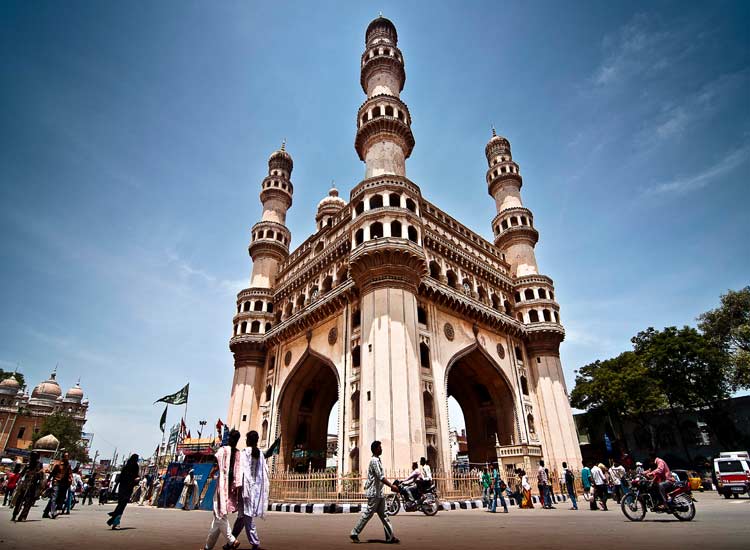
There are many theories attributed to the building of the Charminar. According to one of them, Muhammad Quli Qutub Shah had this monument built in 1591 to express his reverence for Allah. According to another theory, Charminar was built to celebrate the end of the plague in the city. Legend also has it that there is a secret tunnel running from this incredible monument to Golconda Fort...

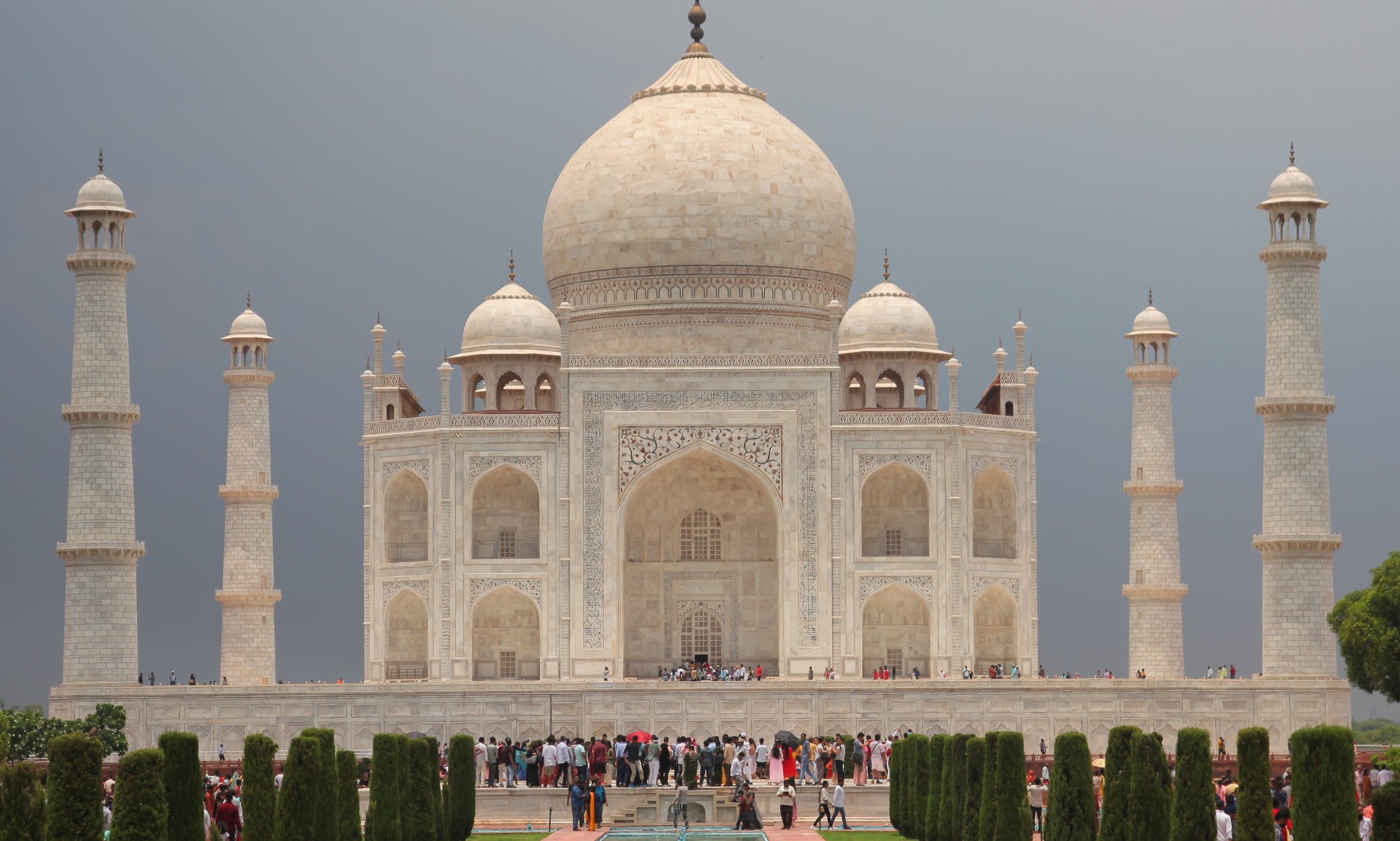
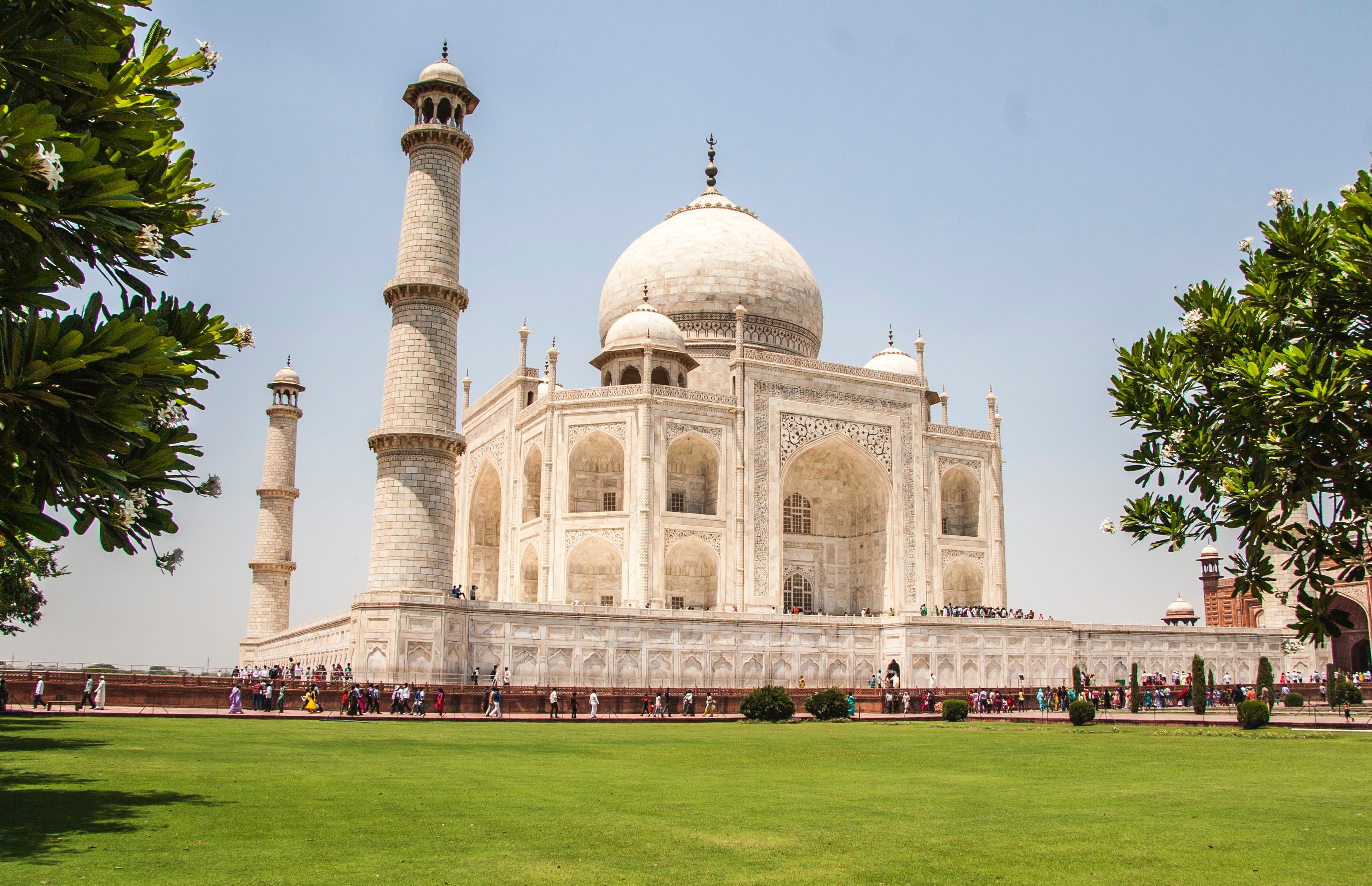
Taj Mahal is the epitome of grandeur and splendour, you cannot fathom the beauty of this white marbled
monument unless you stand in front of it. As you approach Taj Mahal, it gradually becomes known to you
that this is no ordinary monument, but a vision come to life! Moved by its beauty and the deep affection
of Shah Jahan for Mumtaz, the Nobel Laureate Rabindranath Tagore called it "a teardrop on the face of
eternity". A UNESCO World Heritage Site, it is located on the bank of the Yamuna River and is counted
among the most popular heritage monuments in India.
Built between 1631 and 1648 AD, the Taj Mahal
stands as the finest example of Indo-Islamic architecture, and is one of the seven wonders of the world.
The timeless beauty of the Taj is a reflection of the profound pain and longing which Shah Jahan was
overcome by after the death of Mumtaz Mahal. Today, visitors celebrate, reflect and admire the splendour
of the Taj. Inside, both Shah Jahan and Mumtaz lie buried in their graves, divided in life, but united
in death